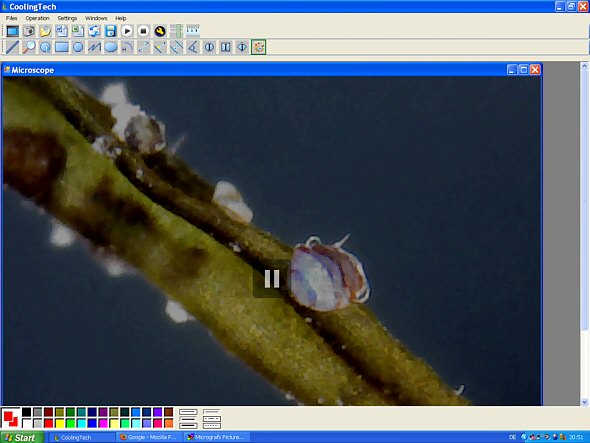

The hardwareĪdmittedly, you need to use materials that have a huge refractive index, so they aren't that convenient to work with. The result is that the focus is constructed from a much larger cone of angles, allowing one to resolve smaller features. Ignoring that problem for the moment, the important thing is that, because the scattering light can exit the material at a very wide range of angles, one can create a focus that is much closer to the scattering material than possible with the equivalent diameter lens. This leads to a chicken-and-egg scenario: you need to see that you have a focus to get a focus, but you need a focus to see. The downside is that the only way to figure out the right settings for the liquid crystal screen is to put a camera at the focus and adjust until a bright spot is observed. Want your scattering material to be a lens? No problem: just set your wavefront shapes appropriately, pass the beam through the scattering material, and a focus is yours to be had. The scattering material then undoes all the adjustments that the liquid crystal made, and the beam appears to have passed through both unchanged-well, except for the fact that most of the light disappears in the process, but that is a small detail, right?īut if you can do that, you can do anything. By doing this, you can create the opposite of the scattering that the light is about to undergo in the sample. Each pixel can modify the local phase of the light-this is wavefront shaping. To do this, you pass the laser beam through a liquid crystal display. AdvertisementĮssentially-if you want more details, you should click some of the links in the first paragraph-if you can figure out how long all the different scattering paths through the crystal are, you can correct for the scattering. This is where the power of wavefront shaping comes into its own. When you do this with a laser, you get a speckle pattern because all the different paths through the material mean that, when the light overlaps with itself outside the material, some parts are in phase with each other (creating bright spots) and others are out of phase (creating dark spots), but most are somewhere in between (creating a dull glow). This makes these materials appear white-like sugar cubes and flour. Take two photons entering at nearly the same location with the same angle of entry, and they will exit at two completely random locations heading in two random directions. Once it encounters enough interfaces, the light ends up going in every direction. Every time light hits an interface between two materials, a portion of the light is reflected and a portion of the light is transmitted at some angle. Light scattering is usually something to be avoided. How was this achieved? Through the power of scattering and the magic of wavefront shaping. This latest bit of work from the University of Twente is very different though, because it doesn't really use a lens, yet it achieves a resolution that is about twice what you would expect under optimum conditions. Superresolution refers to techniques that allow one to beat this limit. This limit is called the diffraction limit. Unfortunately, there is an upper limit to the combinations of lens diameter and focal length that limits resolution to about half the wavelength of the light used to image-so, for a visible light microscope with the best lenses and a few other tricks, the best resolution is about 200nm. The result is a lens that collects light from a large cone of angles, allowing us to construct an image with more closely spaced features. To create a high resolution image, you want the largest possible diameter combined with the shortest possible focal length.

What do I mean by superresolution? Well, a lens has a focal length and a diameter. Even better, it turns out that we have covered almost every major bit of research that has led to this new work.
#Coolingtech microscope no image free
A paper that offered experimental results on a new super-resolution technique was like offering me free beer: irresistible. Those of you who have suffered through my writing before will know that I have a thing for imaging.


 0 kommentar(er)
0 kommentar(er)
